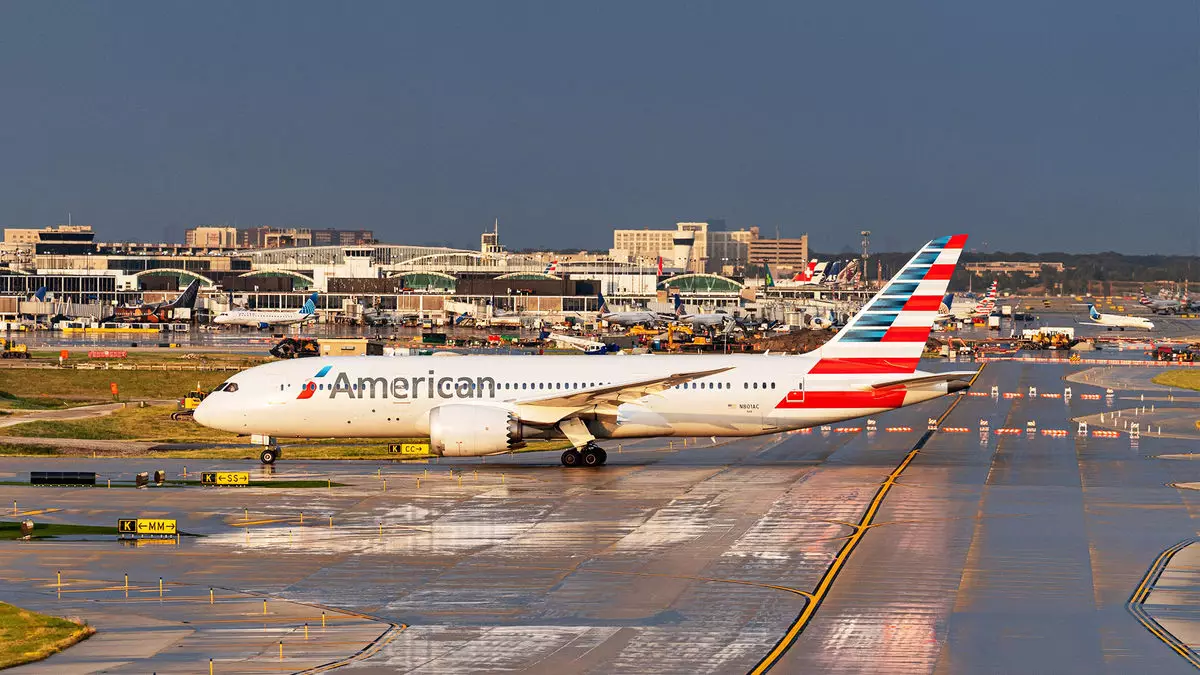American Airlines, a giant in the aviation industry, recently demonstrated resilience and strategic agility by reversing a its aggressive shift toward direct booking channels. This bold turnaround reflects its recognition that hybrid models balancing direct and indirect sales are essential for sustainable growth. After years of pushing customers toward self-service platforms, American faced a harsh reality: significant revenue erosion and a dip in market share. Their initial strategy, while innovative, proved costly, with an estimated loss of $1.5 billion in 2023 alone. However, American showed resilience, quickly recalibrating to regain lost ground, proving that a flexible approach to distribution channels is vital amid fluctuating market dynamics.
The airline’s leadership, particularly CEO Robert Isom, showed admirable honesty and foresight in acknowledging the pitfalls of their initial push. Instead of stubbornly clinging to a single strategy, they realigned their focus, emphasizing the importance of partnerships with corporate clients and travel agencies—core segments that significantly influence their revenue. They realigned their sales teams, hired more account managers, and restored content to GDS systems, directly targeting a steady decline in indirect sales share that peaked at an 11% drop during mid-2024. These tactical moves were crucial in re-engaging their traditional channels and stabilizing their revenue streams.
Strategic Shift Yields Tangible Results
The results of American’s recalibration are clear: a notable recovery in their market share. By mid-2025, their indirect sales contribution had improved substantially, falling just 3% below historic norms—an incredible feat considering the steep decline they faced. Such progress did not happen by chance. It was driven by strategic investments in customer-friendly programs, notably enhancing the AAdvantage Business initiative for small and medium-sized enterprises, which have traditionally been a lucrative segment. This shift toward nurturing small-business corporate relationships underscores American’s understanding that loyalty and customized offerings can unlock untapped revenue potential.
Furthermore, American’s renewed focus on premium products and enhanced customer experience exemplifies their ambition to compete more fiercely with Delta and United for upscale corporate travelers. With a 10% increase in corporate sales during Q2—outpacing Delta’s single-digit growth—they are clearly on the right track. This suggests that American recognizes the importance of not only increasing volume but also elevating the quality of service and offerings for high-value travelers. Their efforts to strengthen relationships with corporate clients and attract premium leisure travelers signal a strategic emphasis on profitable segments that can sustain margins even when capacity is constrained.
Financial Performance Reflects a Shifting Landscape
American Airlines posted a strong Q2 with a net income approaching $600 million and operating revenue just above analyst expectations at $14.4 billion. These figures paint a picture of financial resilience amid a turbulent airline industry that is struggling with weak domestic economy fares, largely because of their heavy domestic flying footprint. Despite a 2.4% increase in operating expenses, the airline maintained a healthy operating margin of 5.8%, demonstrating a capacity to generate profit despite economic headwinds.
CEO Isom’s candid acknowledgment of the challenges—particularly the difficulty of recovering the last few percentage points of market share—exhibits a pragmatic leadership style. He pointed out that these final hurdles are tough but potentially highly profitable, which is a savvy recognition that incremental gains in premium and loyalty segments could have outsized financial impacts. The forecast of a modestly negative to mildly positive operating margin for the upcoming quarter reflects the ongoing uncertainties but also contains a hint of optimism, especially as capacity cuts and demand improvements are anticipated to push ticket prices higher.
The Road Ahead: Balancing Strategy and Market Realities
While American Airlines has made commendable strides, its leadership remains cautiously optimistic. The airline’s recognition that the remaining market share gains are “difficult” but potentially lucrative illustrates a clear understanding of the delicate balance between strategic ambition and operational reality. As demand stabilizes and capacity management tightens, American aims to push beyond its historical sales levels, expecting to ultimately surpass its previous share.
This bold pursuit of growth, however, comes with inherent risks. Reverting partially to traditional sales channels may reintroduce complexity in distribution and costs. Yet, American’s approach underscores a confidence that a balanced, customer-centric model—não reliant solely on digital self-service—will foster sustainable profitability. The airline’s evolution demonstrates a vital lesson for the industry: even in an increasingly digital world, human relationships, personalized service, and strategic flexibility remain key drivers of success in the highly competitive skies.

